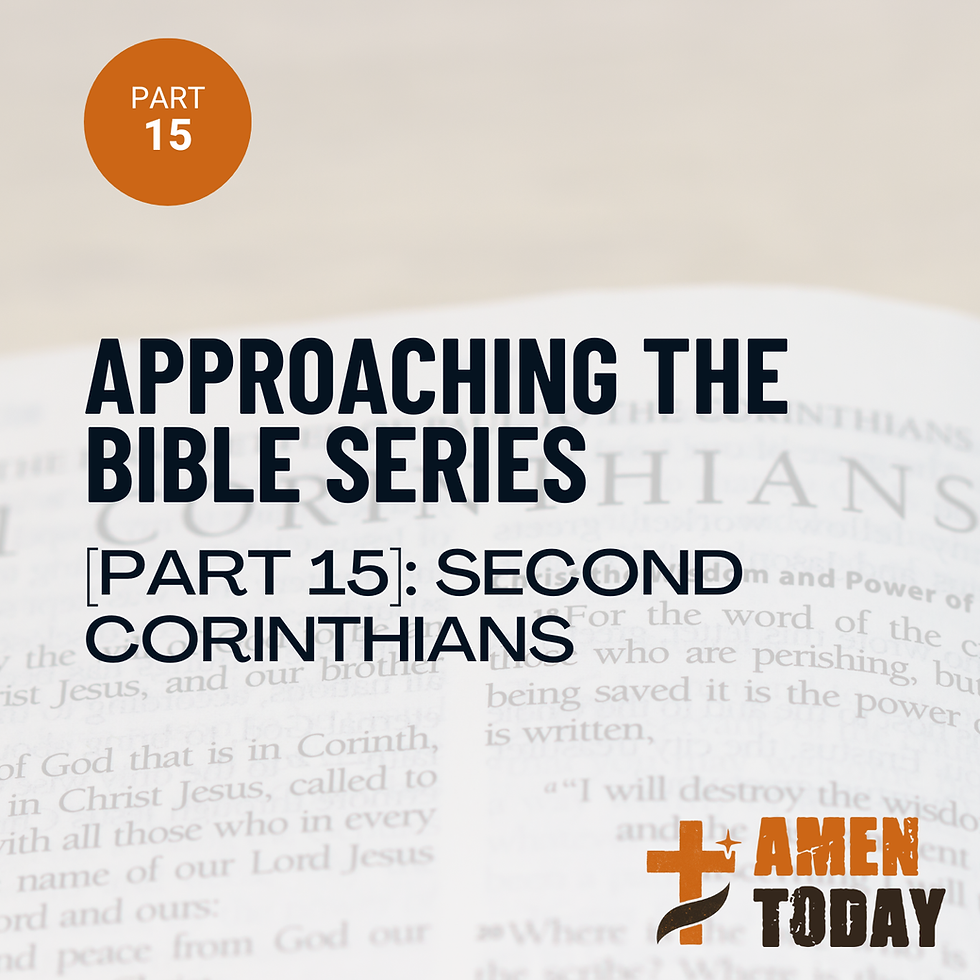“Baptize America” — Over 26,000 Baptized Across the U.S. in One Day
- Amen Today

- Sep 24
- 2 min read
Read Aloud
On Pentecost Sunday, June 8, 2025, a national coordinated effort called Baptize America saw more than 26,000 people baptized across the United States in what is being called one of the largest synchronized baptism events in the nation’s history.

What Happened
The initiative involved 650+ churches in all 50 states.
It was estimated that 1,080 separate baptism events were held across the country.
According to the reported numbers:
26,657 people were baptized.
6,445 individuals made professions of faith (i.e. “salvations”) during those same events.
The settings for baptism varied widely: from rural churches to indoor venues to outdoor coastal locations.
For instance, Pirate’s Cove Beach in Corona del Mar, California was one of the outdoor baptism sites.
In Colorado Springs, Zeal Church held baptisms inside the Citadel Mall with observers watching.
Leadership & Vision
The Baptize America movement was spearheaded by Oceans Church in California, under Pastor Mark Francey, who had already led earlier large baptism gatherings (e.g. “Baptize SoCal,” “Baptize California”) in previous years.
Francey emphasized that the goal was not only the moment of baptism, but the next steps: “launching people into a life with Jesus, surrounded by a community that can help them grow.”
He also declared that Baptize America will become an annual event, held each Pentecost Sunday going forward.
Impact & Significance
Many participants described the event in spiritual and emotional terms like “God was there”.
Organizers see it as a unifying movement among churches — crossing denominational lines and geographical boundaries — to publicly affirm Christian faith and build community momentum.
The event drew attention not just for its size but for its coordination: many local churches were empowered to host, record, and publicize their own baptisms as part of the broader national moment.
Challenges & Notes
Some reporting notes that about 10% of participating churches had yet to submit their final results immediately after the event, so the official total may still change.
Because this was a decentralized event, experiences varied greatly depending on the local church’s resources, venue, and crowd size.
As with many large Christian gatherings, the numbers (baptisms, salvations) are based on self-reporting by churches; independent verification on that scale is difficult.




Comments